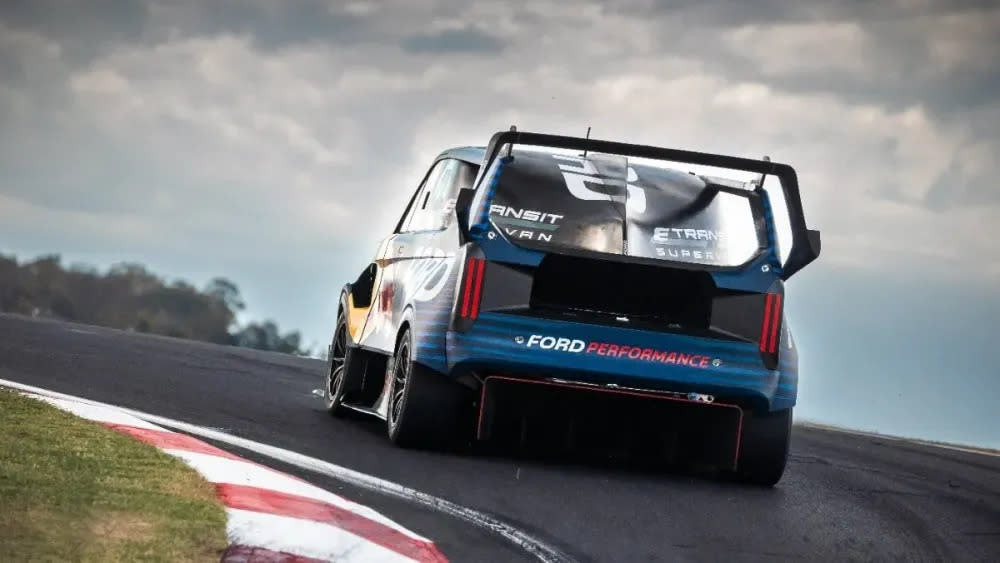
Ford’s all-electric SuperVan 4.2 has rewritten expectations for what a van can do on a race track, turning a lap of 6 minutes, 48.393 seconds around the Nürburgring Nordschleife and besting times posted by a range of sports cars, including Corvettes and Porsche 911s.
The lap, recorded on the 12.9-mile ribbon of asphalt known as the “Green Hell,” underscores how far EV performance has progressed beyond straight-line acceleration. Long celebrated as a proving ground for chassis, aero and brake performance, the Nordschleife rewards stability and stamina as much as outright speed. Ford’s result places its experimental, battery-powered van among the quickest vehicles to lap the circuit—regardless of body style.
Developed as a rolling technology demonstrator, the SuperVan 4.2 reimagines the boxy Transit as a purpose-built time-attack machine. While Ford did not release full technical details alongside the time, the program’s recent iterations have married a multi-motor electric powertrain with aggressive aerodynamics, extensive weight reduction and motorsport-grade cooling and braking. The focus is endurance at sustained high speeds rather than a single burst of power, a requirement for the Nürburgring’s extended climbs, high-G corners and heavy braking zones.
Ford pitched the achievement as both a brand statement and a laboratory exercise. The company has used the SuperVan program to trial software control strategies, thermal management and energy recuperation settings that can inform road-going vehicles. The Nordschleife outing adds a durability dimension to those learnings; an EV that can survive a flat-out lap at the ’Ring has overcome heat-soak and battery output challenges that bedevil lesser setups.
The time also lands in a hotly watched arena. Carmakers and tuners routinely publicize Ring laps as shorthand for real-world speed, and the course’s mix of surfaces and elevation changes has earned a reputation for exposing weaknesses. Against that backdrop, an electric van eclipsing times from traditional performance benchmarks resonates well beyond the EV space. It is not a production vehicle, but the message is unmistakable: with the right hardware and software, electric propulsion can deliver sustained pace on one of the world’s most demanding circuits.
Ford has used the SuperVan to headline major events in recent years, from hill-climb demonstrations to high-profile circuit appearances. Each outing has layered incremental refinements—recalibrated torque delivery, revised aero balance, and braking upgrades—mirroring the iterative development cadence common in top-level motorsport. The Nürburgring lap suggests that ongoing work has delivered a cohesive package capable of converting electric thrust into lap-time efficiency without sacrificing control or reliability.
Beyond the bragging rights, the run reinforces a broader industry trend: engineers are increasingly leveraging EV packaging advantages—instant torque, low center of gravity, fine-grain power modulation—to chase performance targets once reserved for combustion exotics. As manufacturers grapple with how to keep enthusiasts engaged in an electrified era, headline feats like the SuperVan 4.2’s 6:48.393 serve both as proof of concept and as marketing fuel.
For Ford, the result puts an exclamation point on a simple proposition: even a vehicle that starts life as a van can, with the right technology, outrun a field of celebrated sports cars on the world’s most infamous test track.
⚡️ Read the full article on Motorious
Sign up for the Motorious Newsletter. For the latest news, follow us on Facebook, Twitter, and Instagram.
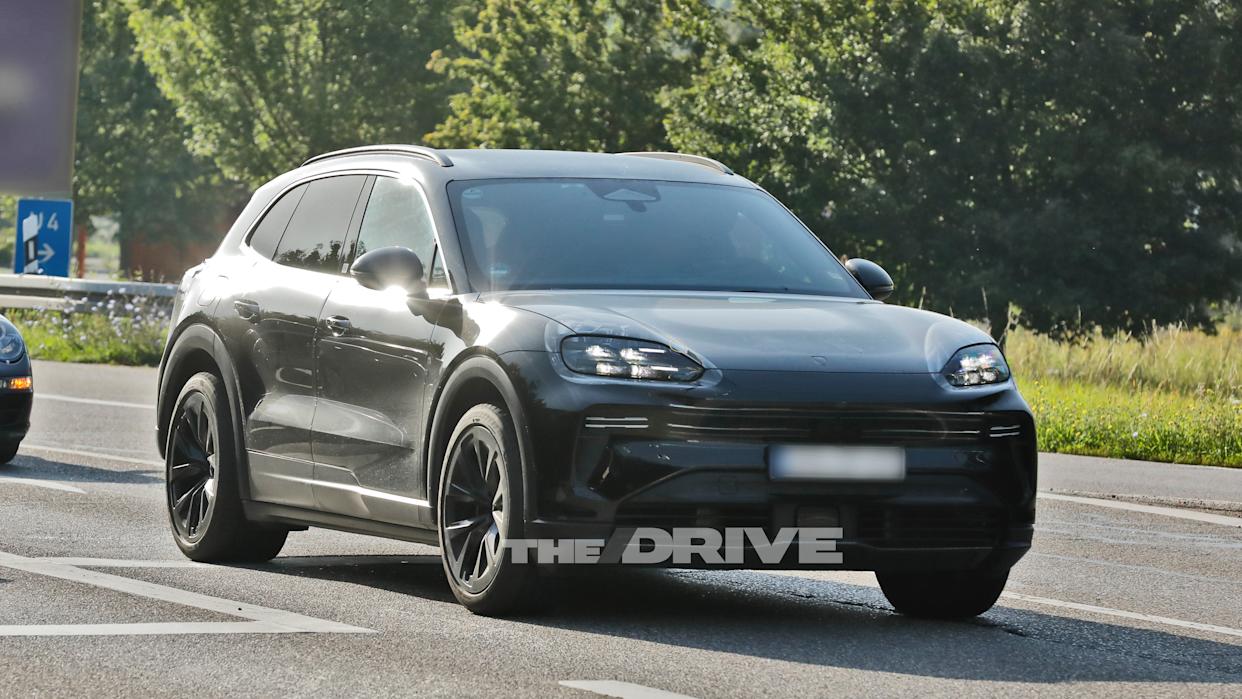
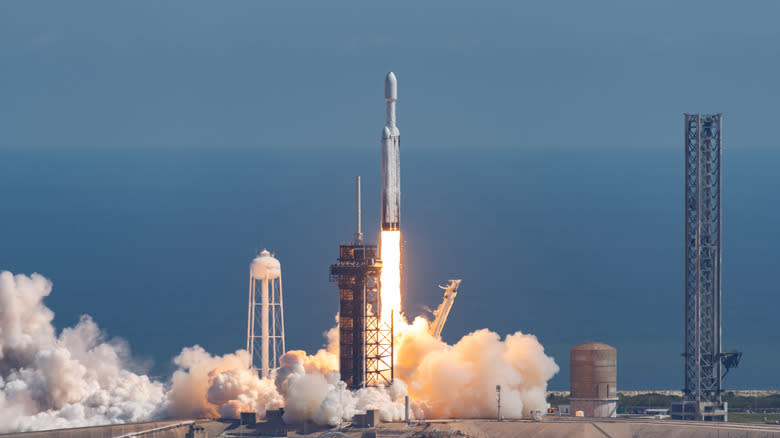
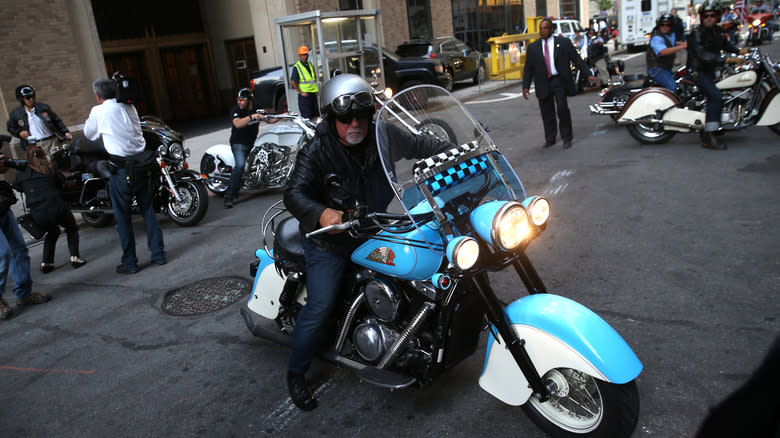
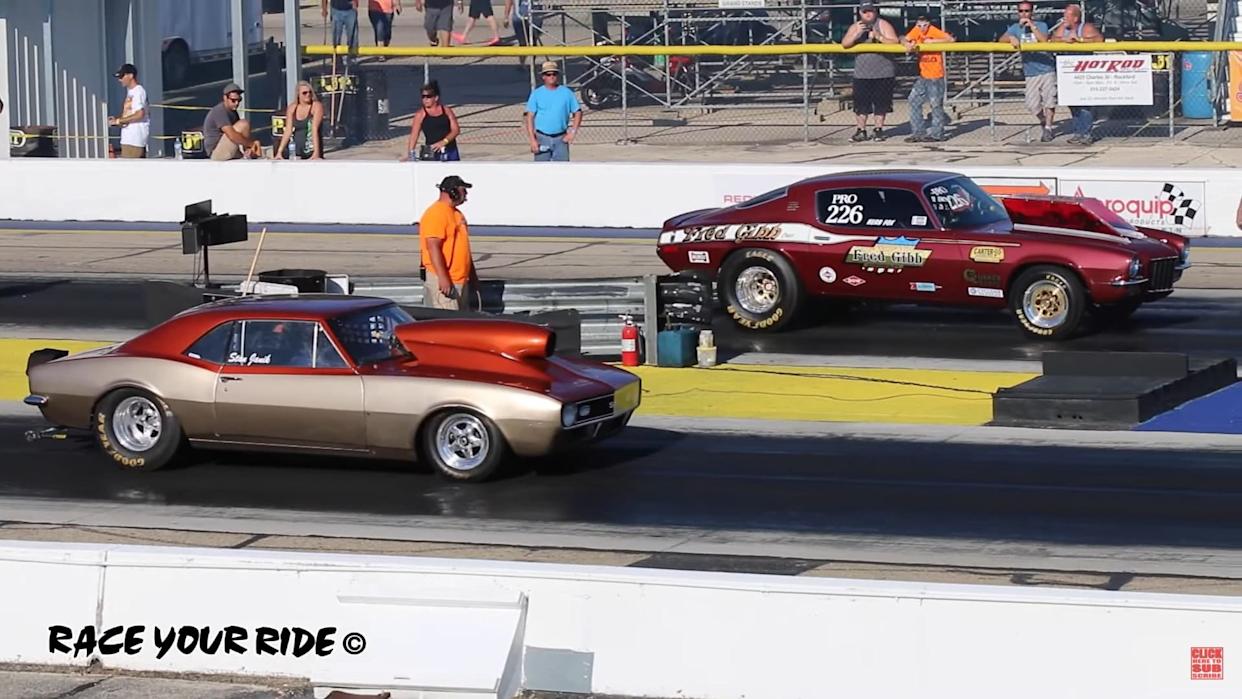

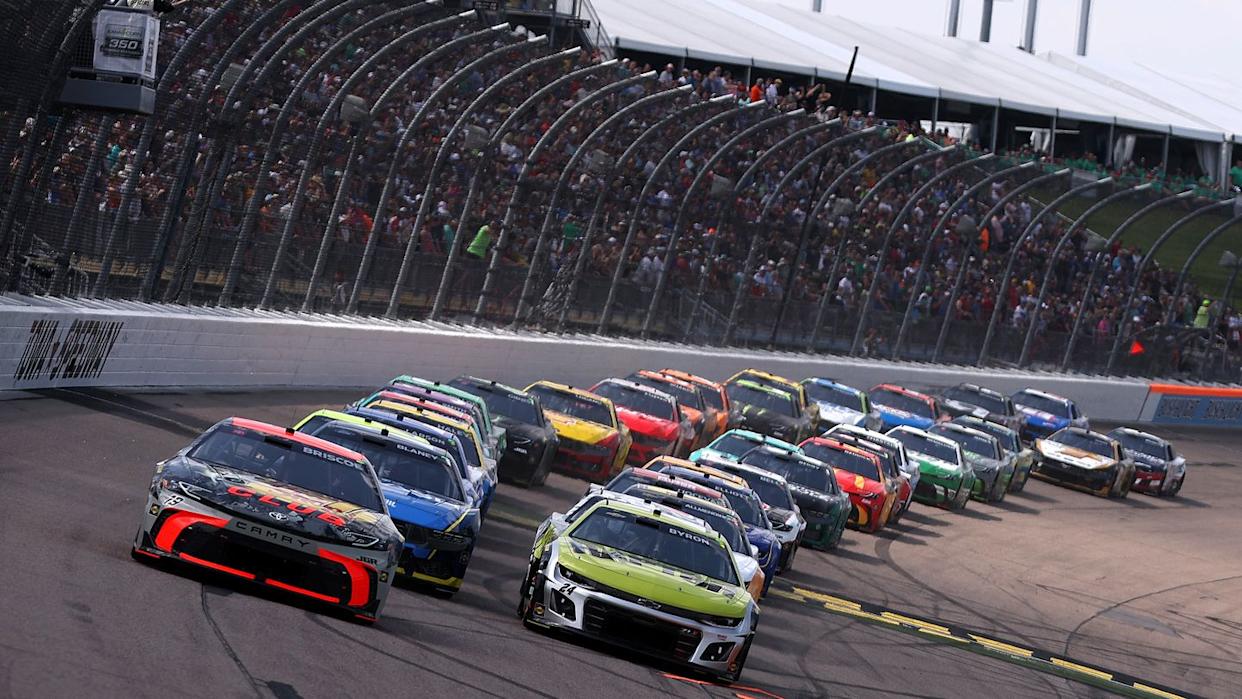
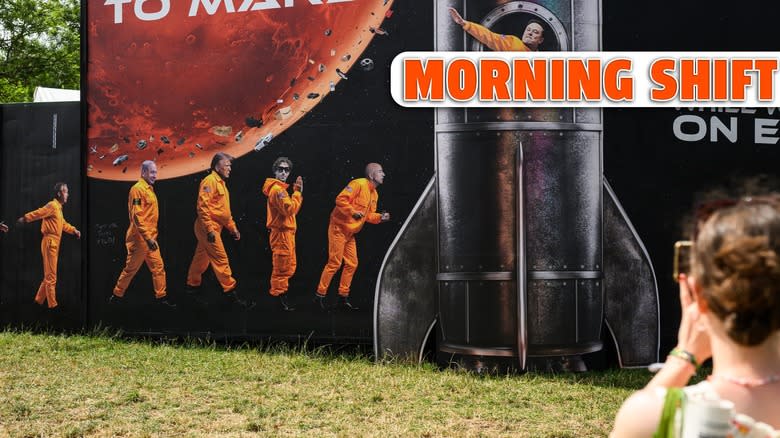
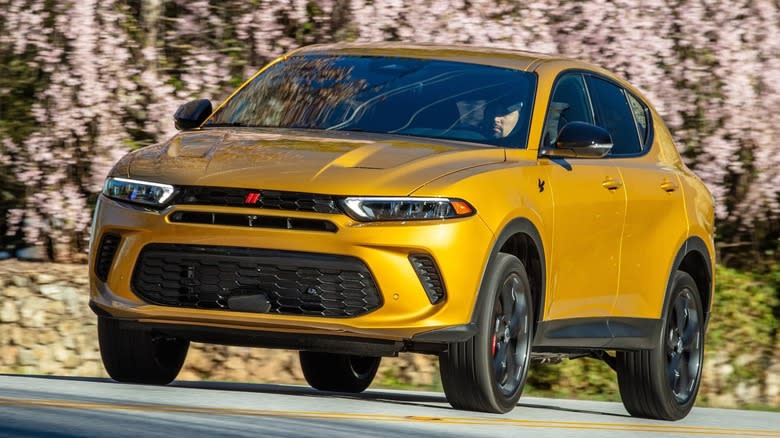
Comments